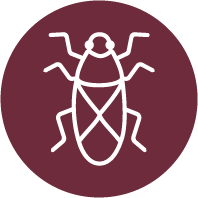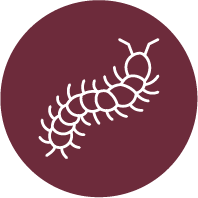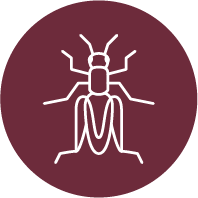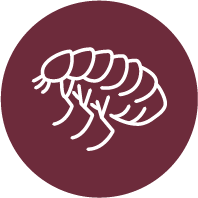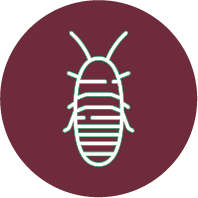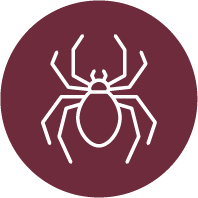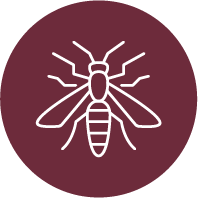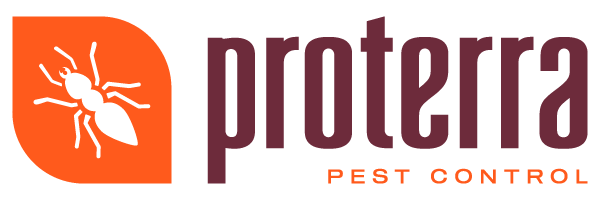Widow Spiders
The black widow spider may be the most commonly thought of widow spider, but it’s not the only one. There’s also the brown widow spider and the red widow. Additionally, there are two types of black widow spiders: the northern black widow and the southern black widow. Widow spiders build three dimensional webs that can look tangled, irregular, and messy. These spiders may have a bit of a scary reputation, given their name, but they’re not actually very aggressive spiders. They tend to only bite when they feel scared or threatened. Because they sometimes hide in shoes, old gloves, wood piles, and other places that are dark, it’s a good idea to take steps to reduce your risk of being bitten. Shaking out shoes and clothing before putting them on and wearing gloves when reaching into places that you can’t see can help. Bites aren’t usually fatal, but they’ll leave you feeling pretty miserable for a few days.
Recluse Spiders
Like the widow spider, there’s more than one type of recluse spider as well. Recluse spiders include the brown recluse, the Mediterranean recluse, and the Chilean recluse. While widow spiders may be known for their hourglass-shaped markings, recluse spiders are known for the darker violin-shaped markings. They also have six eyes that are arranged in pairs, differentiating them from other spiders that may have similar markings. Recluse spiders bite for similar reasons to widow spiders. Bites have the potential to be quite serious, even fatal, and can result in necrotic skin lesions. Out of the three types of recluse spiders, the Chilean recluse is the largest and the most dangerous.
Widow spiders and recluse spiders can be helpful to humans, thanks to the way they consume other pests, but they aren’t the sorts of spiders you want to have as neighbors regardless. These are the only two species of spiders found in North America that are generally considered dangerous to humans. Make sure you keep an eye out for them so you have a better chance of not getting bitten by them.
Are spiders not the only pest you need help dealing with? Check out What We Do
to see what pests we can get rid of for you.
